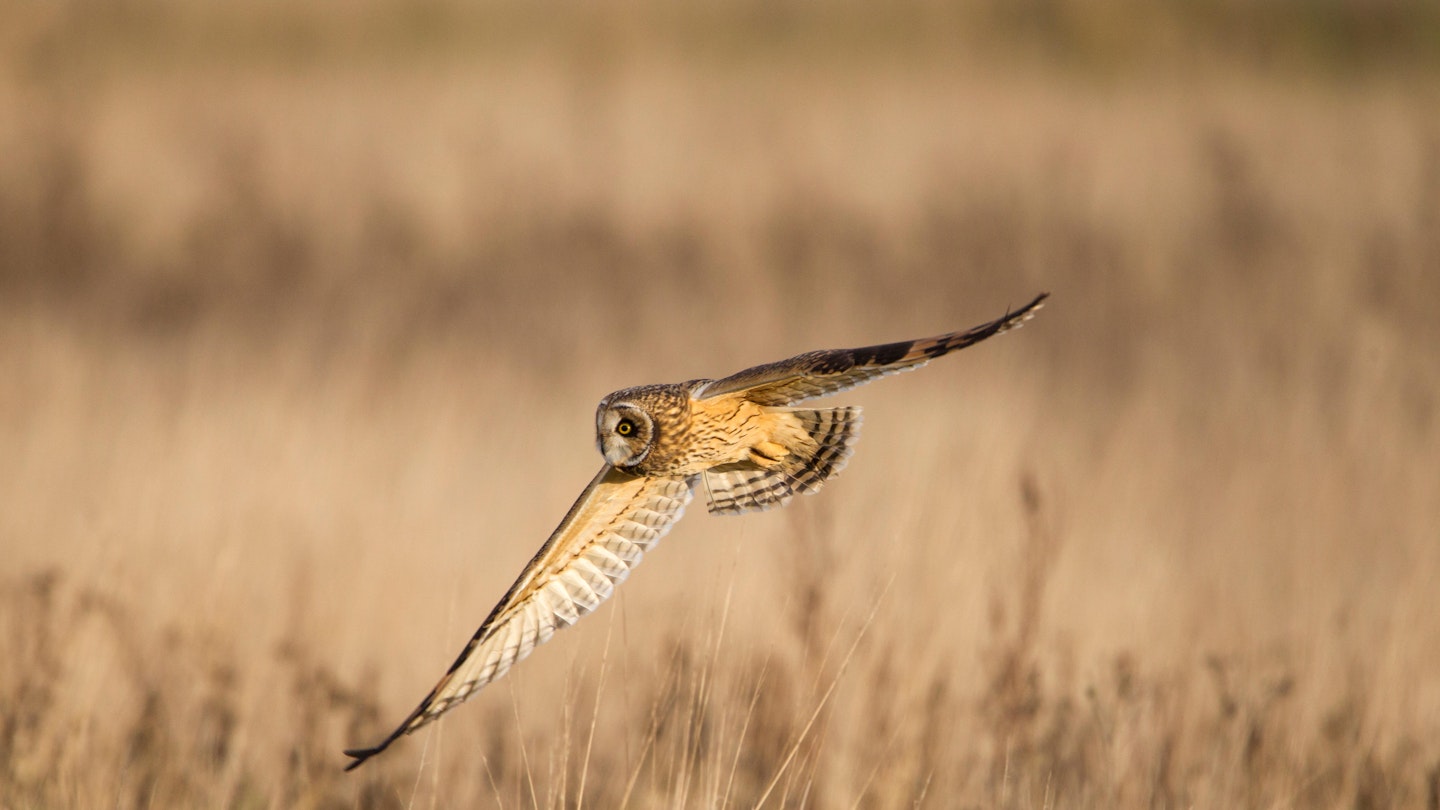Short-eared Owl
One of those birds which always delights the weary winter birder. They have long, stiff wings (for owls) and appear to float around as if filled with helium, hunting more or less in the manner of a harrier. Shorties have the added advantage of often coming out to play while there is still plenty of sun in the sky. Look in the last couple of hours of the day over rough grassland, saltmarshes and so on.
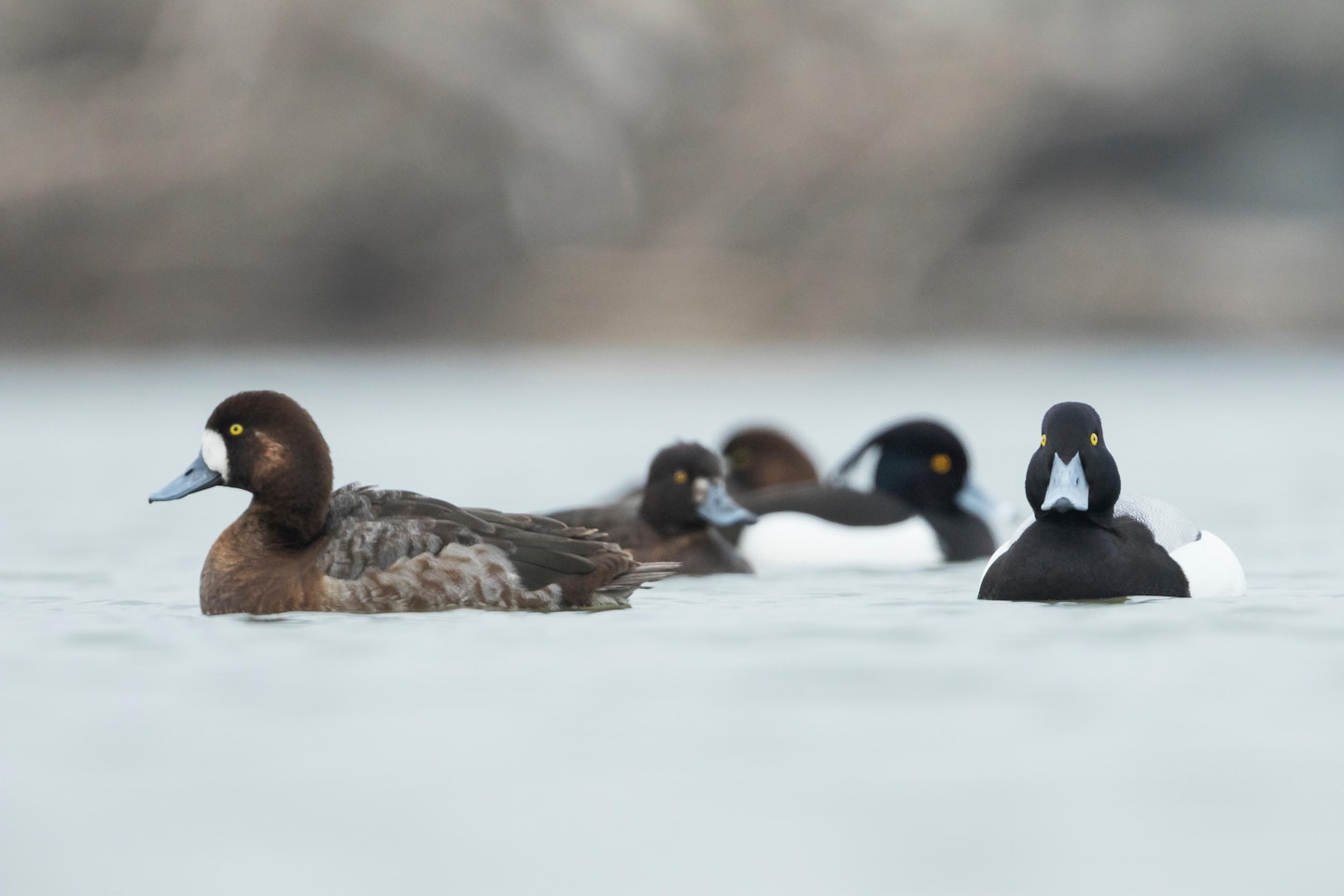
Scaup
Looking somewhat like a mixture between a Tufted Duck and a Pochard, the big, green/black-headed, grey-backed drake Scaup is a handsome bird. Females are less striking, but also distinctive if seen well, with a white face blaze, curved head and greyish feathering on the back. Mainly non-breeders in the UK, and found in decent flocks in areas such as the northern part of the Black Isle in the Moray Firth, as well as the firths of Solway and Forth, plus the Dee estuary, they are also found in small numbers as an uncommon visitor to inland waterbodies.
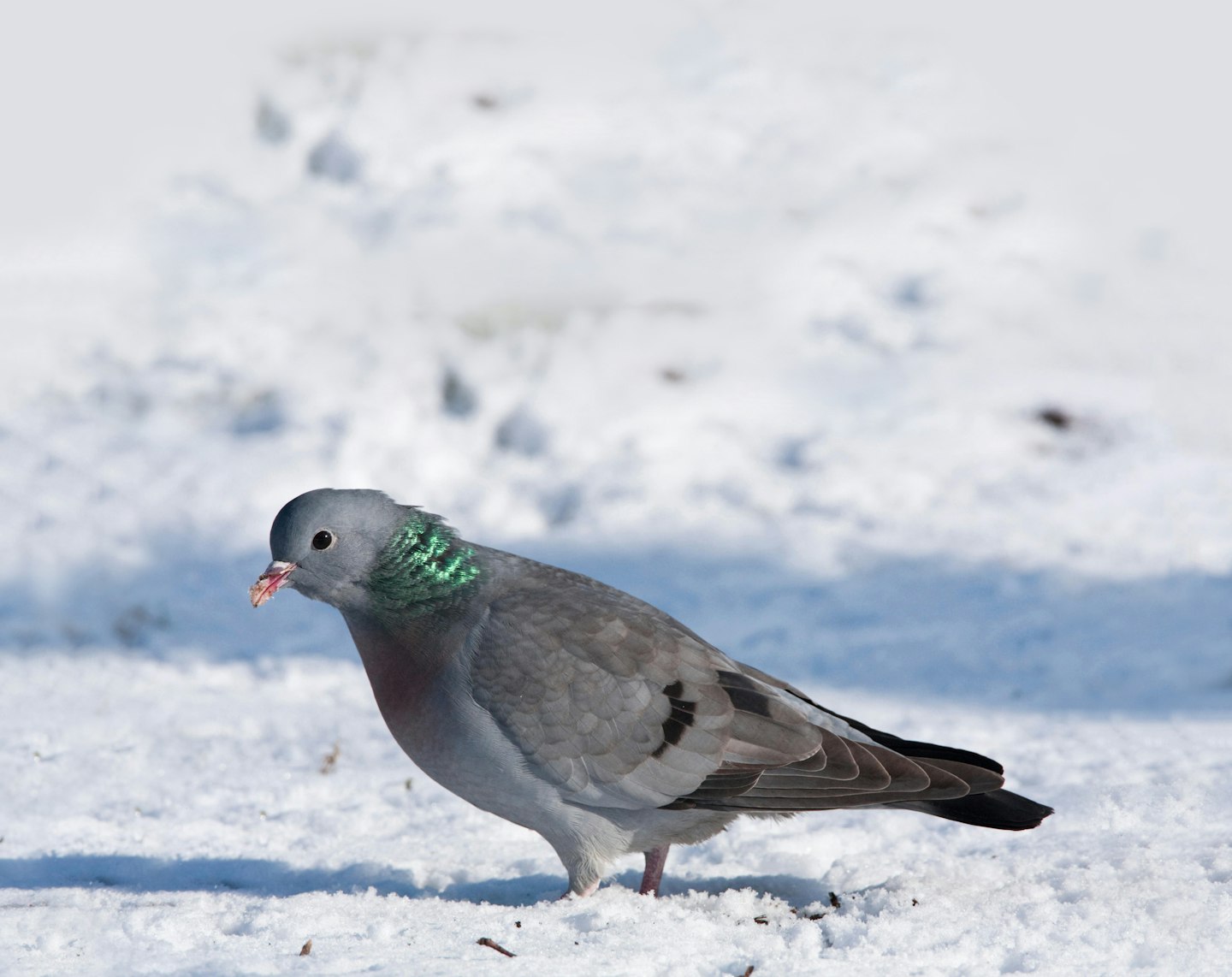
Stock Dove
This is one of our most easily overlooked and underrated birds. Presumably because of its ‘resemblance’ to the less subtle Woodpigeon and the often gawdy Feral Pigeon, it is easily forgotten. They are largely blue-grey, with a neat dark line around the wing edge and grey underwings and rump. Unlike Feral Pigeons, there is very little variation in the plumage. They are birds of woodland and open country, forming flocks hundreds strong in suitable habitat.
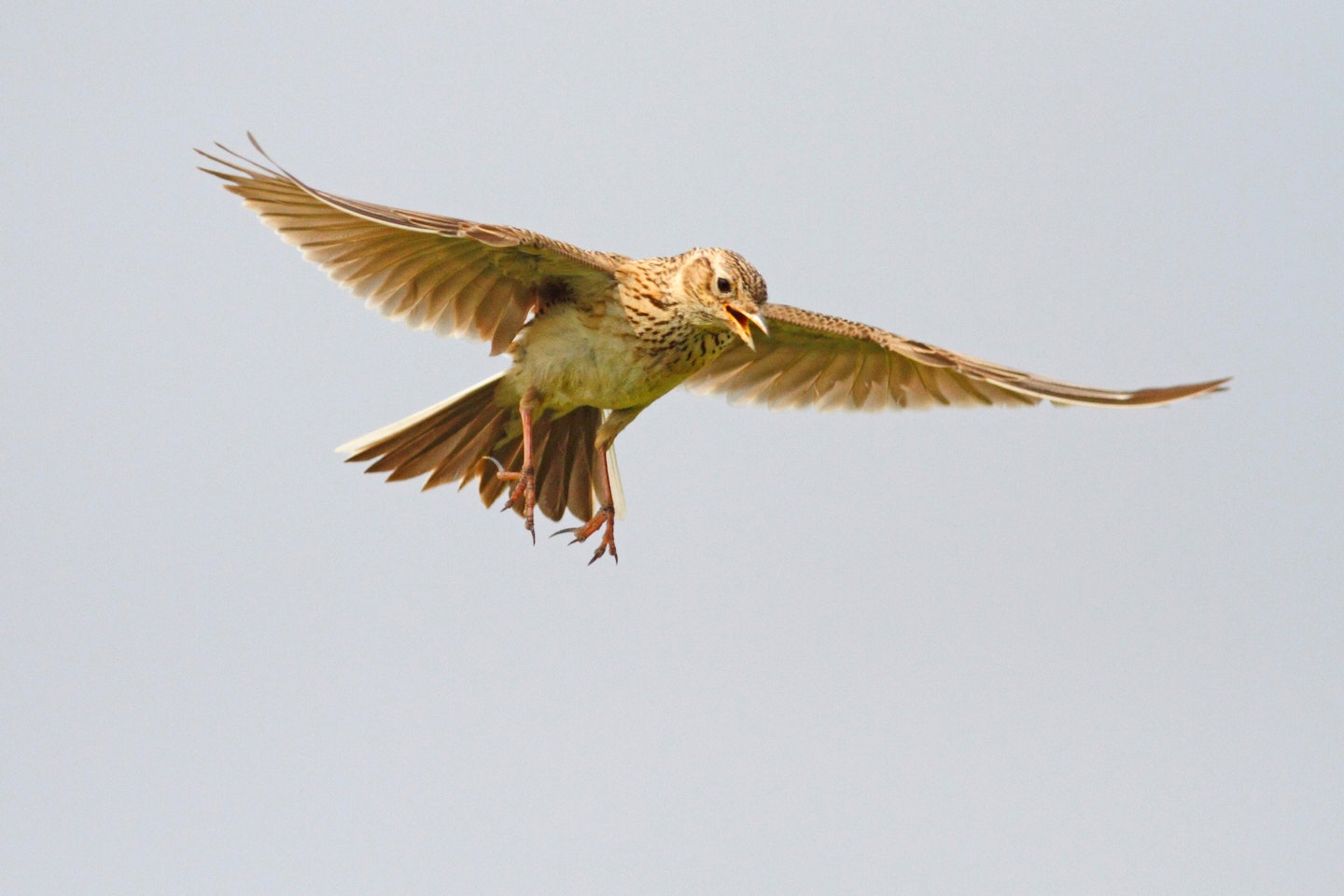
Sky Lark
The inspiration of poets and musicians through the ages, the Sky Lark has undergone a notoriously massive decline in population in recent decades. There are still 1.5 million pairs nesting in the country, however, and they are not difficult birds to find in the right habitat. In the cold weather of winter, they often flock up to forage, but on sunny days in February, you should be able to hear the famous, speedy, complicated, incredible song, broadcast by a bird hovering hundreds of feet above the land. Lovely stuff!
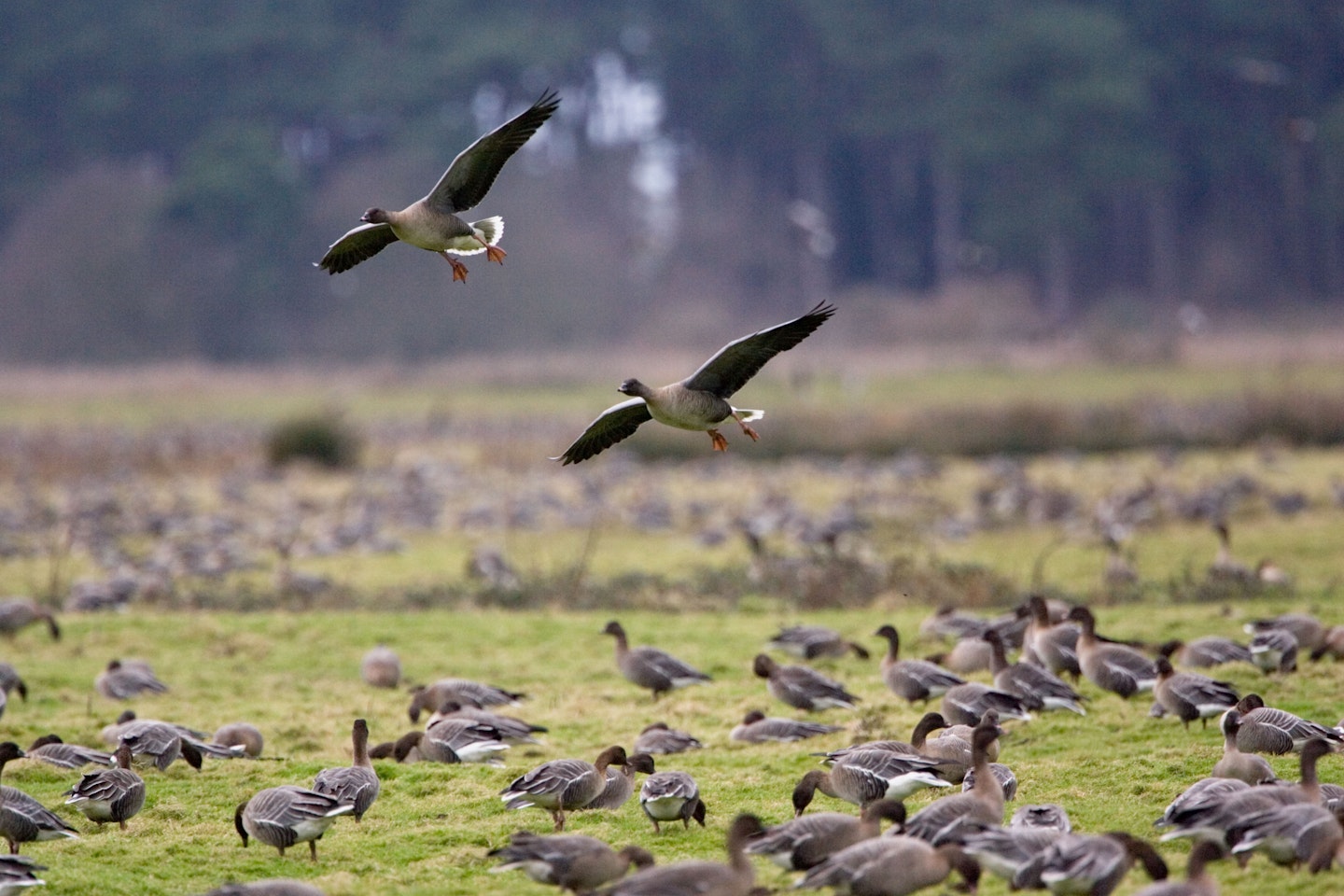
Pink-footed Goose
Often cited as one of the great spectacles of British birding, the great V-shaped skeins of Pinkfeet ‘oinking’ their way across the north Norfolk skies at dawn and dusk are truly magnificent. There are also big numbers of these smallish ‘grey geese’ in eastern Scotland, and the estuaries of the Ribble and Solway and nearby farms where they feed. They are smaller than Greylags, with dark heads, small bills of black and pink and with pink legs and feet.
